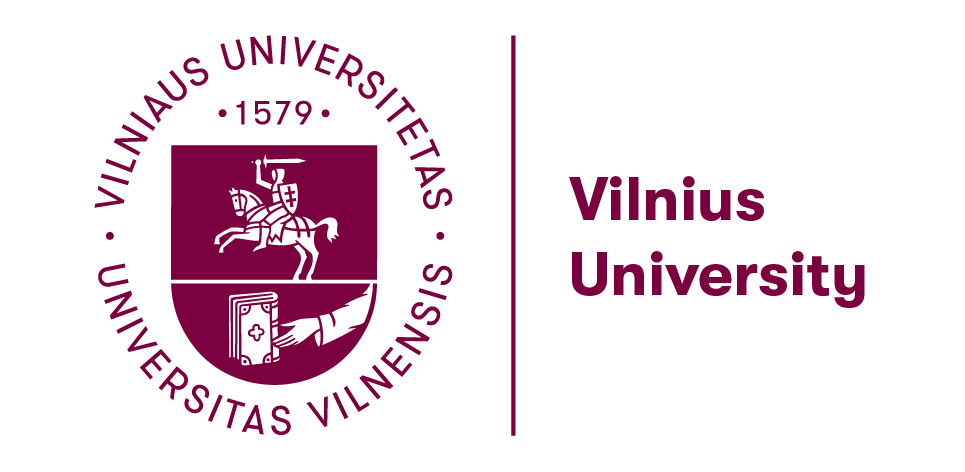D. Stumbrienė, A. Jakaitienė
DEA40: International Conference on Data Development Analysis, April 16-18, 2018, Birmingham, UK.
Abstract. Monitoring the performance of educational systems is at the top of the agenda of governments and educational authorities worldwide, but only a small number of studies have focused on country or multi-country analysis. The comparison among educational systems based on primary, secondary or tertiary education individually do not represent all education system. Only the analyses of all the educational levels together can represent all education system in the country. Albeit it is possible to evaluate performance using individual indicators and assess their evolution over time, it is not a trivial task to conduct multi-dimensional evaluations. Composite indicator (CI) is a useful tool to assess and compare the systems with multi-criteria decision problems.CI represents overall information in a comprehensive way. However, weighting and aggregating schemes of sub-indicators are still subject of research. For the calculation of CI, we use principal component analysis (PCA) combined with data envelopment analysis (DEA). Namely, we reduce number of variables with PCA in the first stage and employ DEA to weight and aggregate the factors. This approach has high discrimination power, non-zero weights, no prior information. Our study uses annual data of 29 European countries collected from EUROSTAT and OECD databases. For methodologically consistent data for a country, we use main indicatorsof Europe 2020 strategy within the Education and Training Monitor initiative by European Commission. In addition, we add PISA top achievers and upper secondary or tertiary education attainment (the minimum necessary qualifications to actively participate in social and economic life).




